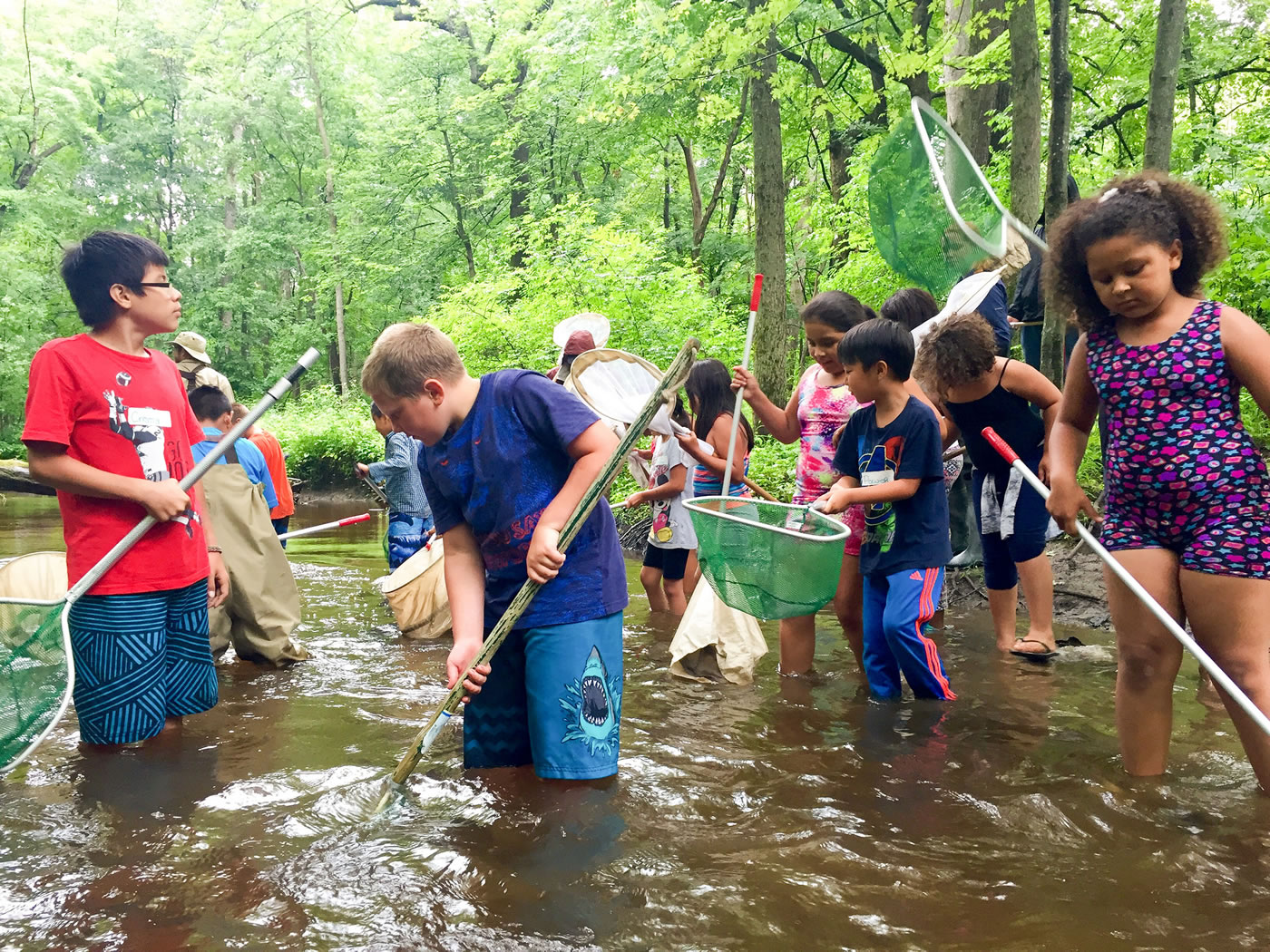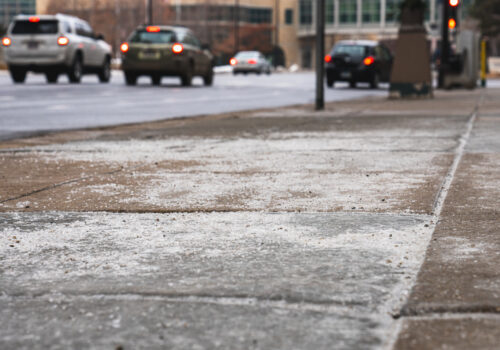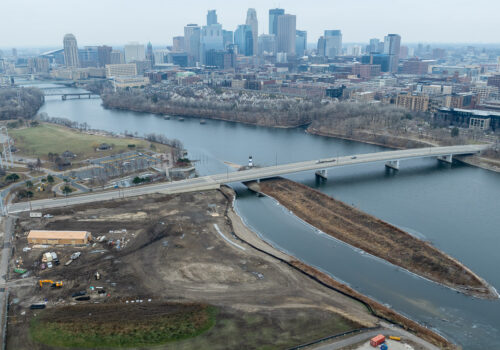News / October 05, 2017
East Side Neighborhood Services youth become ‘water watchers’
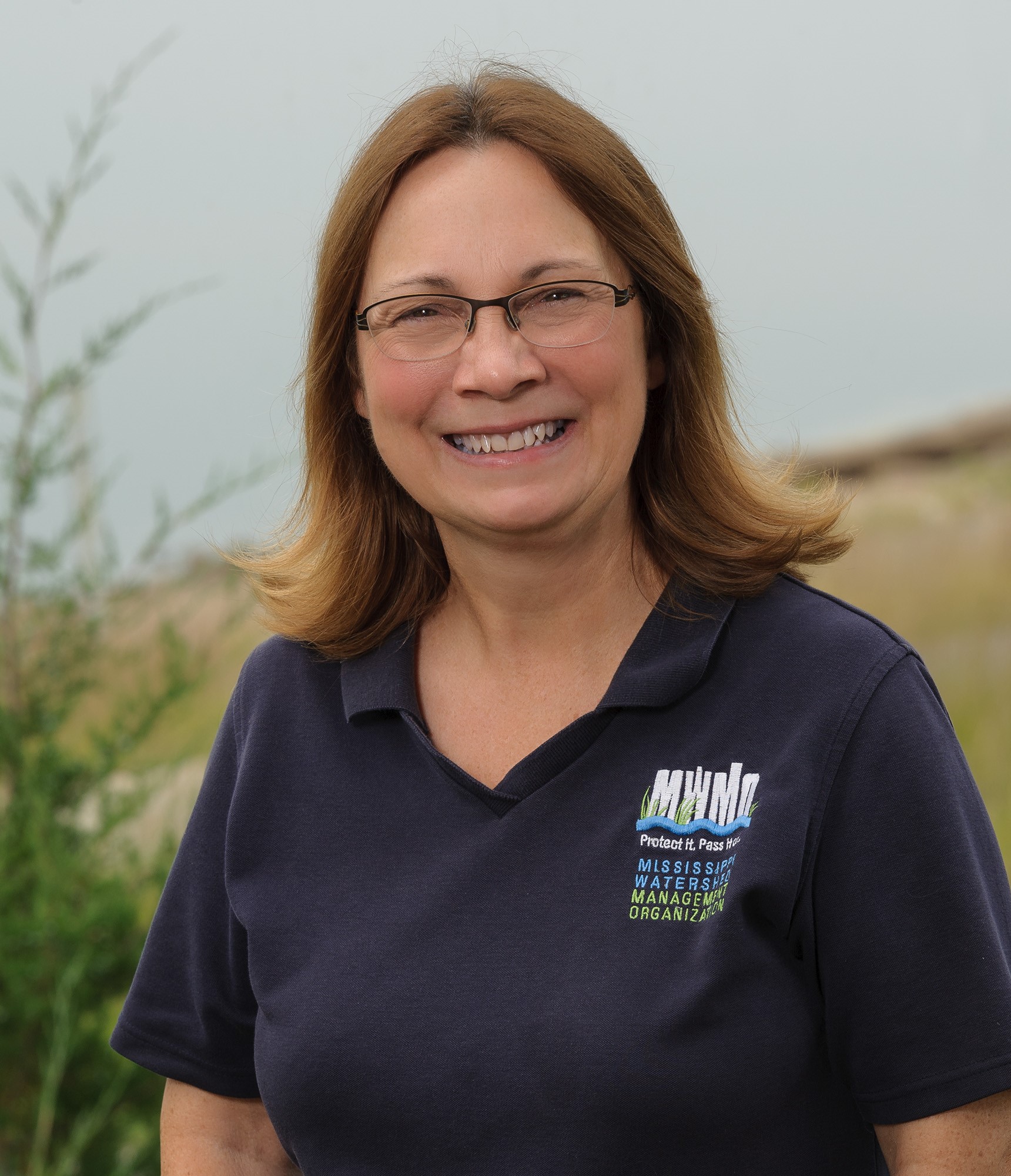

Like many of us, James Taborda-Whitt hadn’t spent much time thinking about the value of the Mississippi River and its surrounding watershed. Sure, it’s one of the largest rivers in the world and starts right here in Minnesota. But beyond its name and location on a map, he never contemplated its larger importance to the world.
Last year, over the course of a few months, something changed. Taborda-Whitt came to understand that the river provides drinking water and recreational opportunities for residents of Minneapolis and other cities. He realized that many Twin Cities residents drive over it daily without appreciating its grandeur and the formative power it has over land. He recognized that the river is also central to the religious beliefs and healing practices of some local indigenous peoples. And, while it’s at the heart of our urban setting, Taborda-Whitt saw that the Mississippi needs a lot of help — and that residents need to do their part.
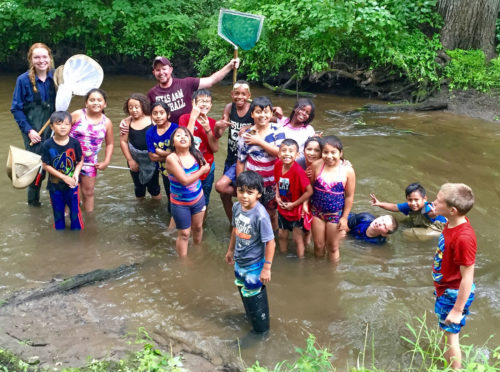
Taborda-Whitt wanted to share these lessons with youth participating in summer programming at East Side Neighborhood Services, a nonprofit organization where he works as a program manager. Around this time, he also learned that a Mini Grant, one of three Stewardship Fund Grants offered by the Mississippi Watershed Management Organization, could help East Side fund hands-on education for youth about the river, their local watershed, and how to care for them.
East Side, whose mission is to foster the healthy development and well being of individuals and families while strengthening our diverse community, supported Taborda-Whitt’s idea. They submitted a Mini Grant pre-application in the spring of 2016. MWMO staff reviewed the group’s project idea and invited them to submit a full application to provide additional project details.
As part of the MWMO’s competitive grant process, MWMO staff offered East Side ideas for helping the project meet both organizations’ goals, along with ways to develop an information toolkit that could help future MWMO partners plan similar programs. East Side updated their project plan and submitted a full application for their project, titled “Water Watch: Developing Environmental Stewardship through Discovery and Adventure.” (See the project page.) Their project was one of nine projects ultimately selected for funding from a larger pool of applicants.
The Mini Grant paid for instructors, naturalists, transportation to some sites, and fees to help parents to attend an end-of-program event. During the seven-week program, youth experienced the Mississippi River watershed and learned about waste, its impact on the watershed, and how their own actions affect water quality. East Side wanted to engage youth in outdoor education, so lessons were set up at various sites such as Eastman Nature Center, Richardson Nature Center, B’de Maka Ska (Lake Calhoun), and the MWMO Stormwater Park and Learning Center.
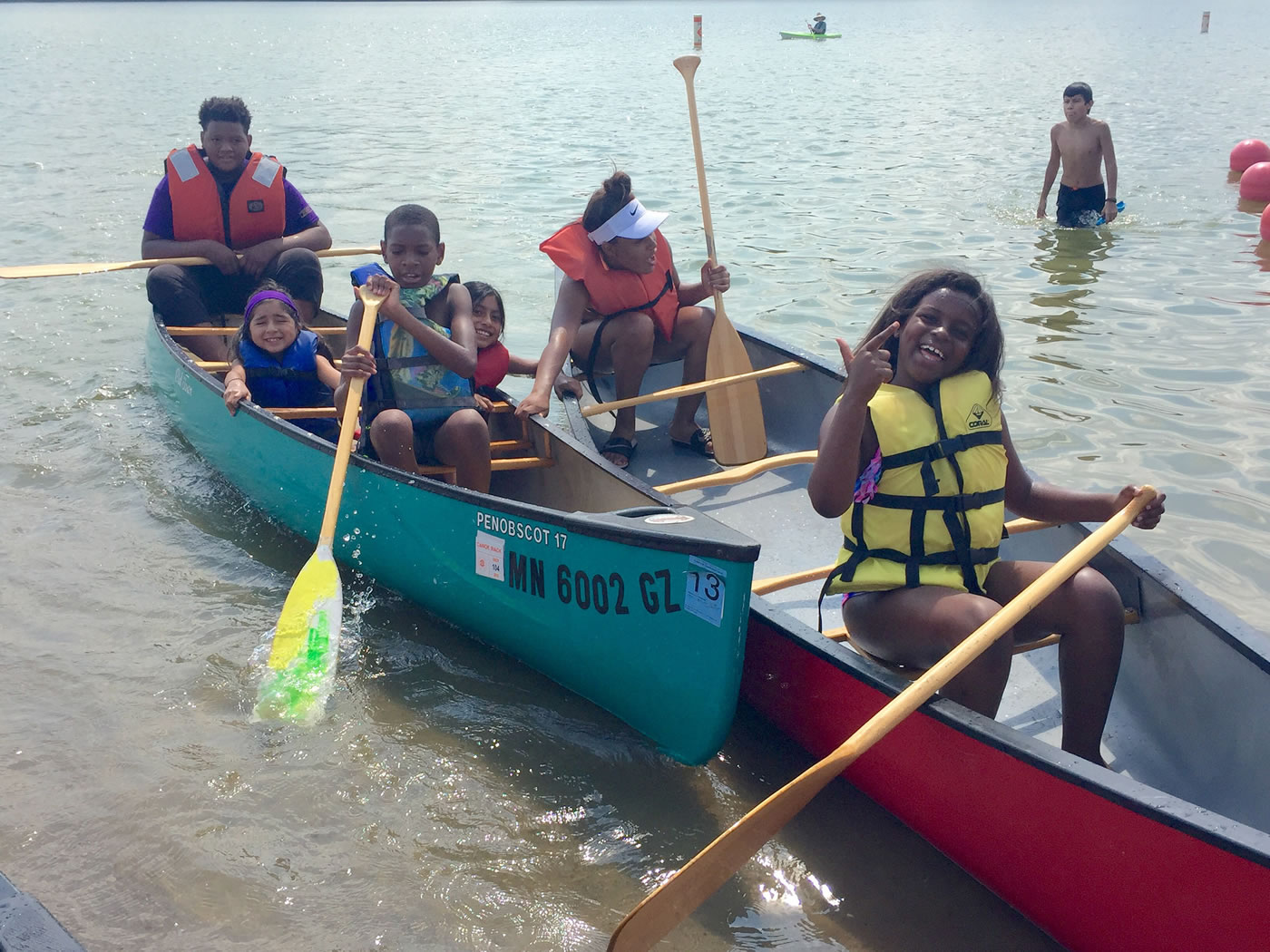
To reinforce lessons, youth conducted daily recycling and composting at East Side and used reuseable water bottles to reduce plastic use. They learned how scientists assess water quality, observed dragonflies and wetland habitat, and conducted a stream survey. During canoeing lessons, they discovered the Mississippi was a historical water byway for Dakota people and learned the role of the river in its larger, national watershed.
As is often the case, a project like this spurs on more than just education. Over the summer, East Side staff saw a boost in youth confidence and teamwork skills as they canoed, conducted the stream survey, and picked up trash in a local park. According to Taborda-Whitt, true “Aha!” moments lit up their faces as they experienced the watershed environment. Youth became fascinated by water and unconsciously incorporated it into their play. After building a small model watershed on the beach, a boy was overheard telling his classmates not to walk nearby to prevent erosion from polluting his newly-created watershed.
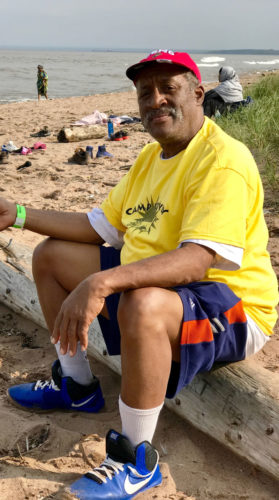
Adults made discoveries during this project, too. Milton Owsley, a program assistant and long-time Minneapolis resident, shared that he learned for the first time that his drinking water came from the river. Parents and younger siblings who joined the youth at the Dragon Fly Festival heard about watersheds, how to access the Mississippi River for recreation, and other lessons the children were excited to share.
Although the process had several steps and there were times when it felt like a lot of work, Taborda-Whitt says he found value in learning how to write a grant, how to build on partnerships that developed with various organizations, and ways to build this experience into continued water-related programming for the youth. In fact, East Side partnered with Carol Sirrine of ArtStart to write a Minnesota State Arts Board Arts Access Grant for a summer 2017 project, “Nature EcoJourneys: Into Nature through the Arts.”
Through this project, youth were able to take knowledge of the watershed gained through the MWMO Mini Grant project to think more broadly about how Minnesota’s portion of the Mississippi River connects to the larger United States. Among other activities for the project, the youth worked with the artist to create an interactive mural about seasonal river landscape changes and hosted a Water Festival at East Side, where the youth educated more than 200 participants about preventing water pollution and provided them with opportunities to learn about watershed habitats.
If you’re charged up about helping others learn how they can protect waterbodies and watershed habitat, you can learn more about all the MWMO Stewardship Fund Grants and download pre-application forms for each grant type on our website. Mini Grant pre-applications will be due soon — by 4:30 p.m. this Friday, October 13, 2017. We look forward to hearing from you!
